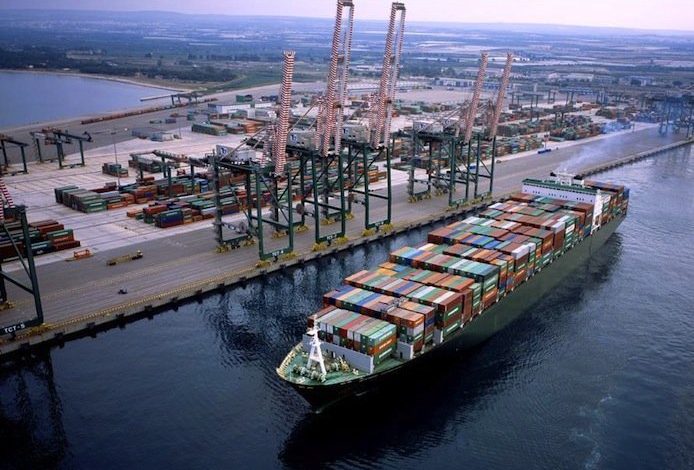Shippers brace as Alix warns liners will need to hike BAFs by more than a third

Carriers’ financial fortunes depend on whether they will be able to recover any additional fuel costs through surcharges or whether they will have to bear at least a portion of those costs themselves, a new report from Alix Partners suggests.
According to Alix analysis of large carriers that publish bunker adjustment factor (BAF) rates tracked by maritime research consultant Drewry, carriers plying the Asia–Europe route in 2018 would have had to increase their BAF rates by 40%, or $270 per feu, to achieve the same financial result; carriers working the eastbound transpacific route would have needed an increase of 33%, or an additional $150 per feu.
“Carriers will have to impose significantly higher fuel surcharges in 2019 and beyond to maintain their margins, with no guarantee that those charges will stick or that they’ll be able to realize recovery in a timely manner. Failure to do so will depress cash flow significantly,” the report claims.
Alix estimates that new fuel rules brought about by IMO’s global sulphur cap could expose carriers to as much as $3bn in additional costs on the eastbound transpacific and Asia–Europe routes alone, which account for about 20% of container-shipping trade volume. The industry as a whole could be looking at as much as $10bn in additional exposure, based on 2018 prices.
“[I]f tight supplies of LSFO trigger higher prices, fuel costs could climb even higher, making the difficult task of cost recovery even more urgent,” the report observed.
The controversial sulphur cap surcharges introduced by the world’s top lines has drawn predictable ire from shippers.
Sunny Ho, executive director of the Hong Kong Shippers’ Council, told Splash last year he was not in favour of more surcharges, preferring that additional costs be factored into freight rates.
“Carriers should make their revenue through freight rates, instead of surcharges, or other charges,” Ho said in an interview last September.
The British International Freight Association (BIFA) went further saying the new sulphur cap surcharges are unjustified and are blatant profiteering.
“While the shipping operators may say that the new BAFs are needed to cover the cost of switching to low sulphur fuels or fitting exhaust scrubbers, rises of this magnitude are unjustified and could be construed as blatant profiteering by shipping lines determined to exploit the situation,” Robert Keen, BIFA director general, said in a release from last September.

Following up on my comments on price discovery opportunities thru futures markets on fuel- FIS article a few days ago, I would say that a big problem here is the “black box” nature of the BAFs proffered by the liner companies. If there were some transparency in the calculations of BAF formulas (which I’ve not seen yet), the shippers (a/k/a beneficial cargo owners- the folks who pay the freight, literally) would in turn have opportunities to protect against price risk, or to “optimize” their spend on BAF. I am not questioning that carriers need to recoup – likely- repeat for emphasis – likely- increases in fuel costs. However, as noted in futures market discussion, there is some feeling in the market that post IMO2020, a “normal” LSFO over HSFO spread would prevail. “Normal” is on the order of $50 to $100 per ton. I can’t see into the black boxes, but I betcha’ that the spreads built into carrier BAFs are higher.